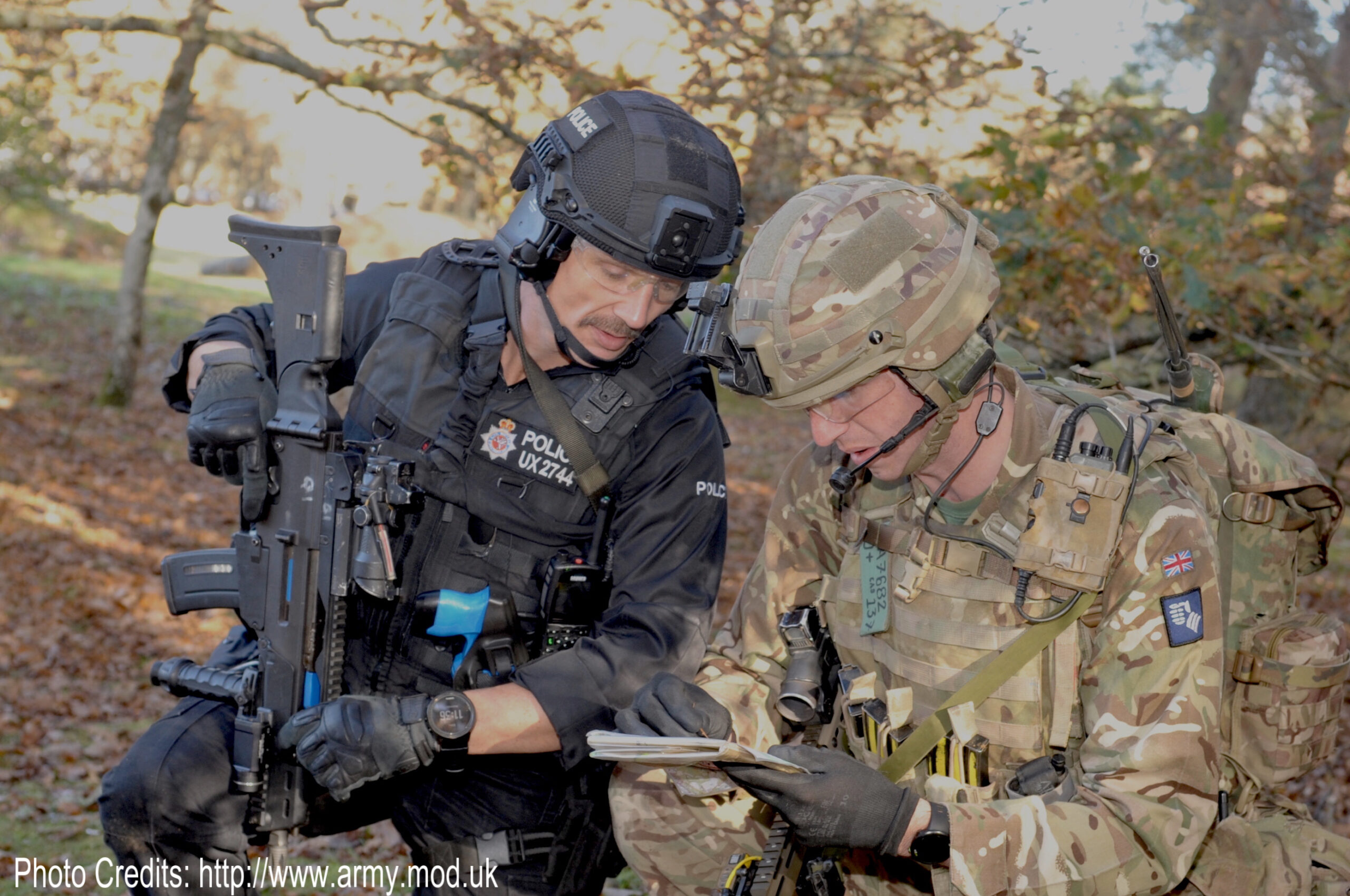American Attitudes Toward Arabs and Muslims [PDF download]
Executive Summary
Since we first began our polling on American attitudes toward Arabs and Muslims in 2010, there has been continued erosion in the favorable ratings given to both communities, posing a threat to the rights of Arab Americans and American Muslims. Favorable attitudes have continued to decline – from 43% in 2010 to 32% in 2014 for Arabs; and from 35% in 2010 to 27% in 2014 for Muslims.
A direct consequence of this disturbing trend is that a significant number of Americans (42%) support the use of profiling by law enforcement against Arab Americans and American Muslims and a growing percentage of Americans say that they lack confidence in the ability of individuals from either community to perform their duties as Americans should they be appointed to an important government position. 36% of respondents felt that Arab Americans would be influenced by their ethnicity and 42% of respondents felt that American Muslims would be influenced by their religion.
While the persistence of negative Arab and Muslim stereotypes is a factor in shaping attitudes toward both groups, our polling establishes that lack of direct exposure to Arab Americans and American Muslims also plays a role in shaping attitudes. What we find is that Americans who say they know either Arabs or Muslims have significantly higher favorable attitudes toward both (33% higher in both cases) and also have greater confidence in their ability to serve in important government positions. This is especially true among younger and non-white Americans, greater percentages of whom indicate knowing Arabs and Muslims and having more favorable attitudes toward both communities.
Another of the poll’s findings establishes that a majority of Americans say that they feel that do not know enough about Arab history and people (57%) or about Islam and Muslims (52%). Evidence of this comes through clearly in other poll responses where respondents wrongly conflate the two communities – with significant numbers assuming that most Arab Americans are Muslim (in reality, less than a third are) or that most American Muslims are Arab (less than one-quarter are).
The way forward is clear. Education about and greater exposure to Arab Americans and American Muslims are the keys both to greater understanding of these growing communities of American citizens and to insuring that their rights are secured.






